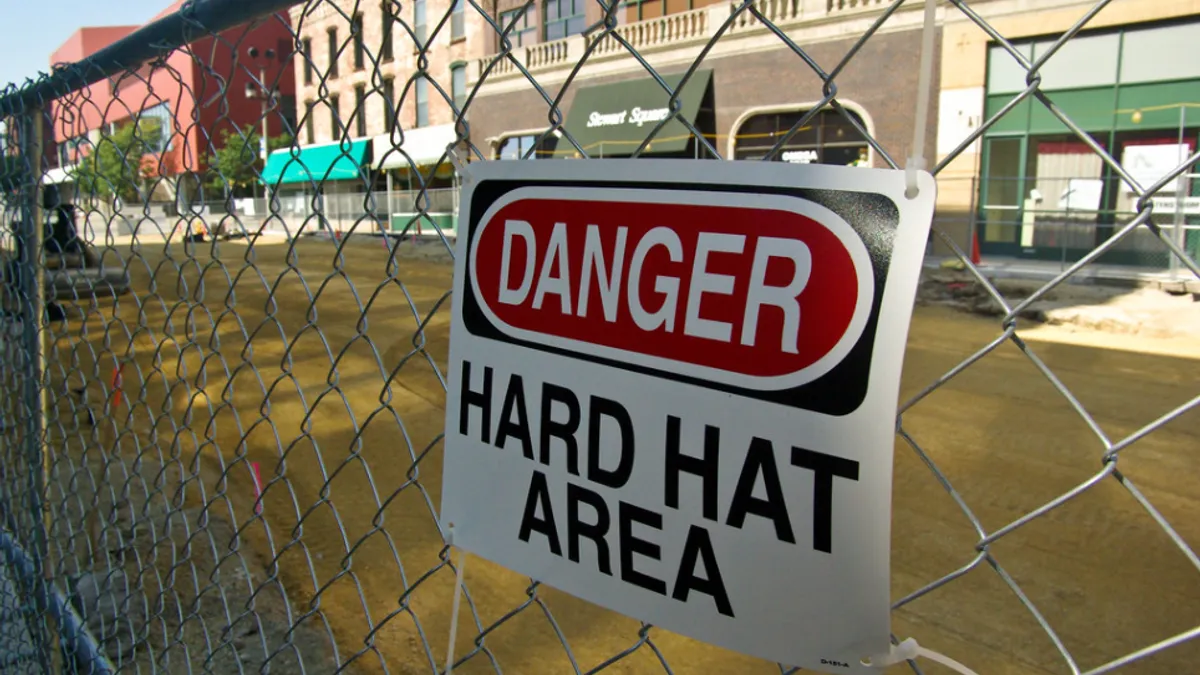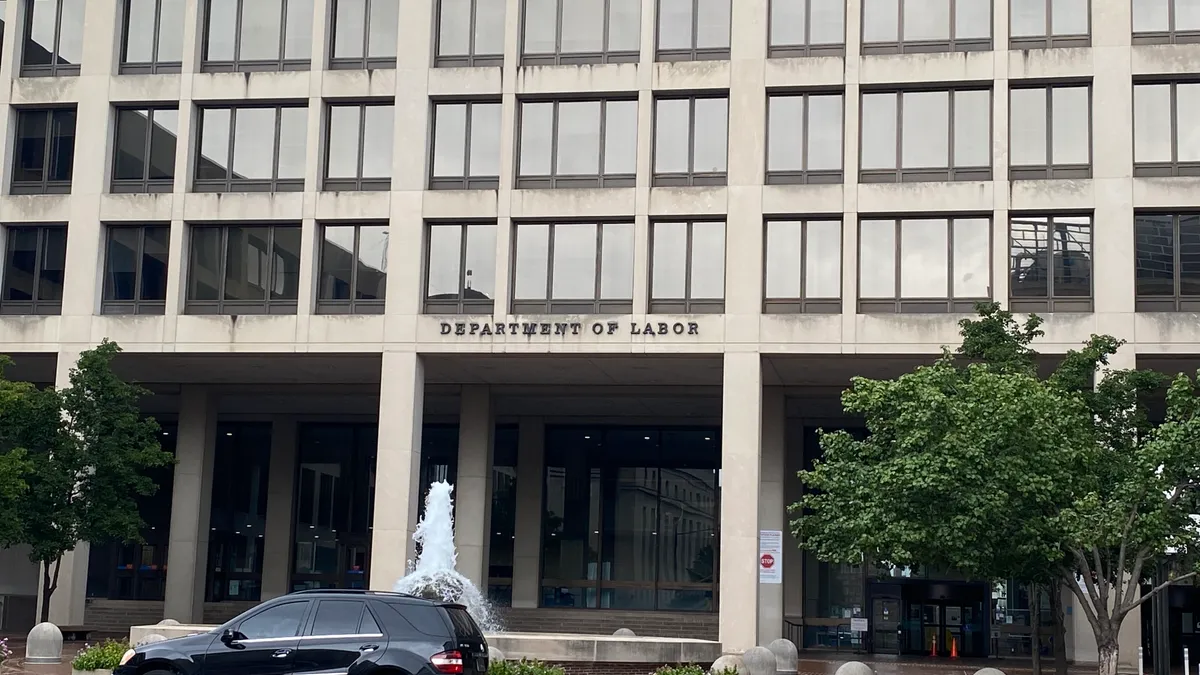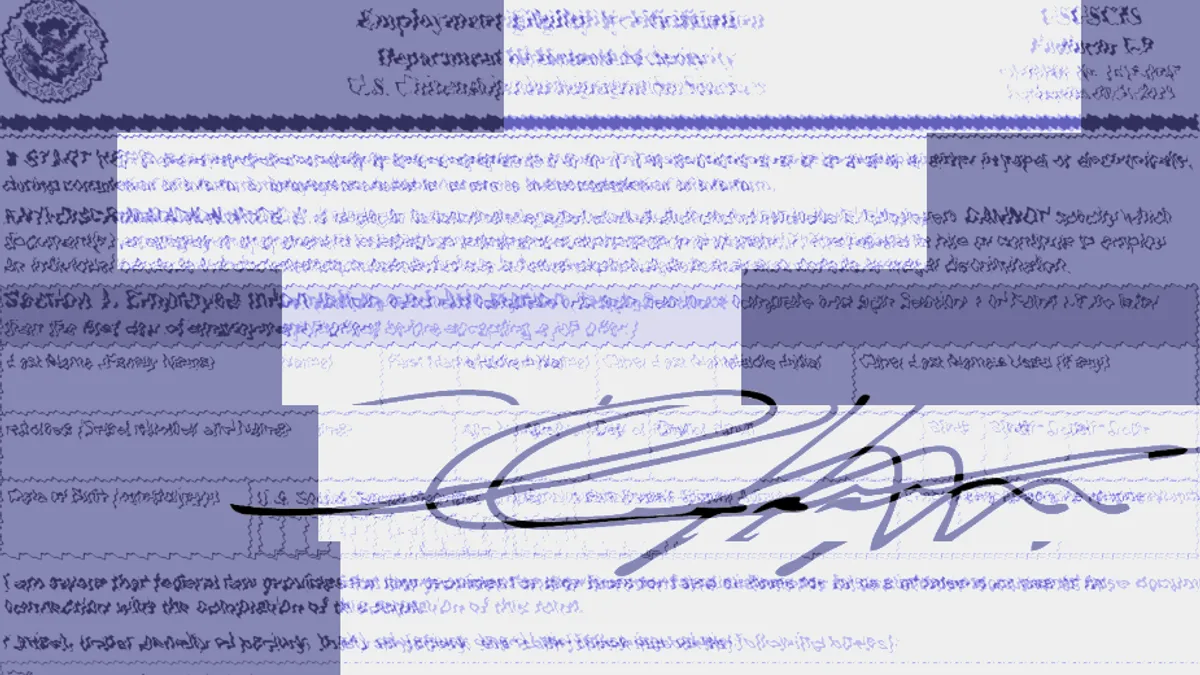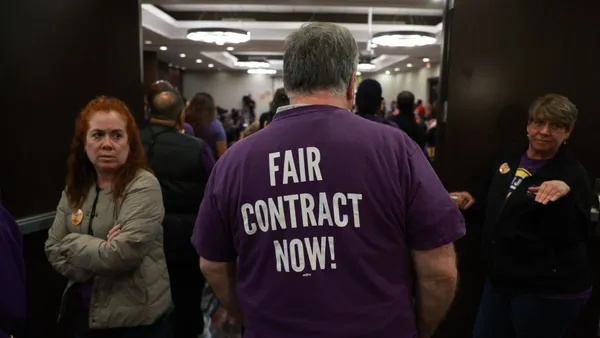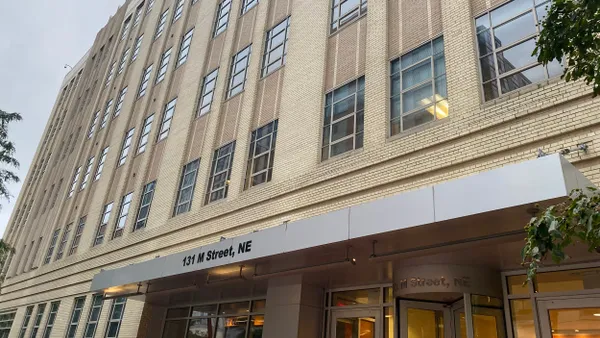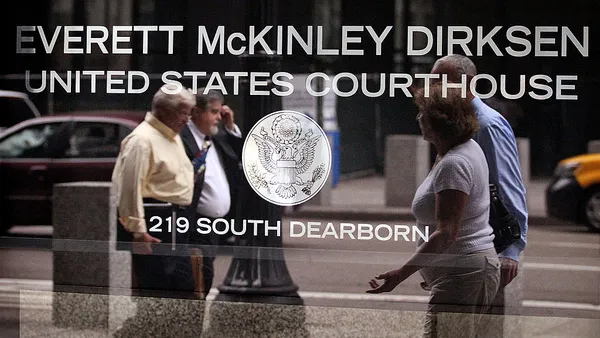Dive Brief:
- A California electrical company, Air Systems, Inc., (ASI) has agreed to pay $1.25 million to settle a U.S. Equal Employment Opportunity Commission (EEOC) lawsuit alleging that eight African-American employees were subjected to race discrimination while working on a construction project at Apple Park.
- The workers encountered racial epithets, a noose at the worksite and a threat of lynching, according to EEOC. In addition, the company failed to act when notified by two Black employees that a White coworker had taunted them with racial pejoratives, the EEOC says.
- ASI agreed to train its employees on preventing and reporting racial harassment and work with an EEO consultant to develop policies and procedures to facilitate discussions with general contractors, subcontractors and unions about how to monitor, prevent and remedy harassment at worksites and to incorporate those policies and procedures into contracts.
Dive Insight:
Title VII of the Civil Rights Act of 1964 forbids racial harassment and requires employers to take prompt action to investigate and stop the behavior after they receive complaints, EEOC said in the statement regarding the settlement. Employers can be found liable for harassment by employees and non-employees, such as independent contractors over whom it has control, if it knew, or should have known about the harassment and failed to take prompt and appropriate corrective action, the agency says in guidance.
"While a construction worksite may raise issues over who controls conditions, this case should send a clear message that whether an employer is a subcontractor or the general contractor, all employers have a duty to take prompt, effective action to stop harassment and hate speech in the workplace," William Tamayo, EEOC's San Francisco District Director, said in the statement announcing the settlement.
Some employers have prevailed when taken to court by aggrieved workers. Even when a hostile work environment has been found, an employer can prevail if they took prompt action reasonably calculated to end the alleged discrimination. For example, although it was determined that extensive evidence of a hostile work environment had been presented, a federal district court ruled that a trucking company was not liable for harassment alleged by three female truck drivers because the employer acted appropriately when misconduct was reported. The employer had a harassment reporting procedure in place. When each woman reported misconduct, the employer tried, within 24 hours, to separate the complainant from the accused harasser. The company investigated the complaint and it relieved the complainant from future assignments with the alleged harasser and imposed discipline in appropriate instances.
If not already in place, employers should create a strong reporting system. The EEOC has said that the reporting system should include an option allowing employees to report bias or harassment to more than one person.
Once a complaint is received, it should be followed up with a prompt and good-faith investigation that includes conducting interviews, talking to the accuser and the accused and imposing discipline when appropriate, employment law attorneys have said. Experts also suggest that the investigatory process be documented.


